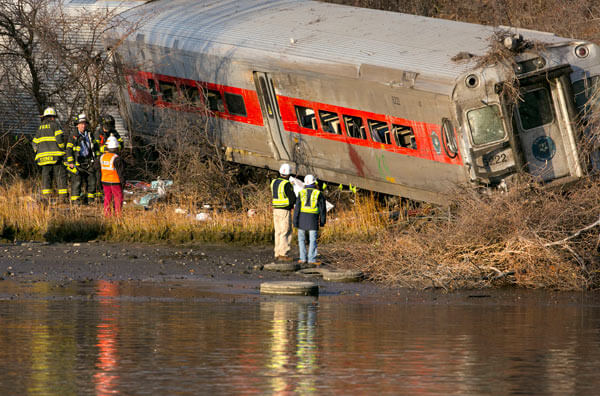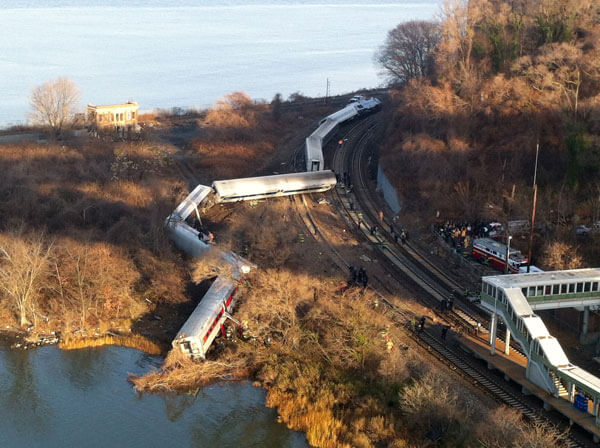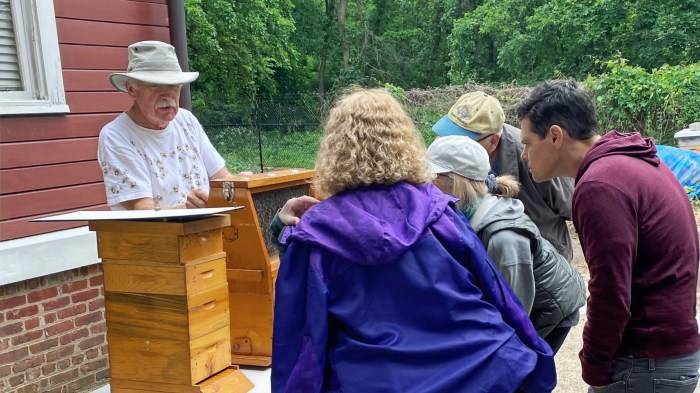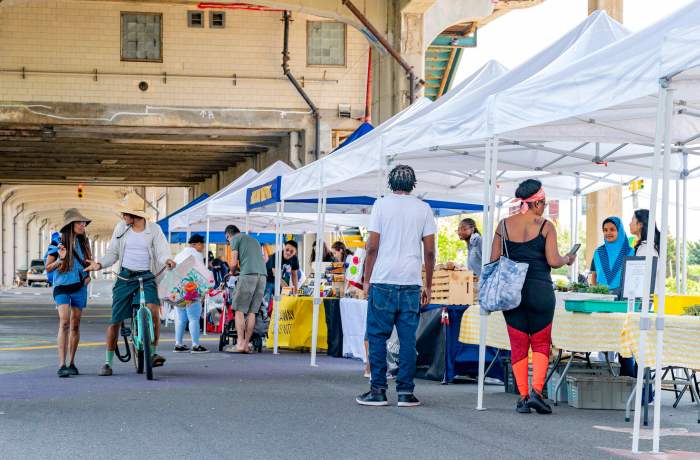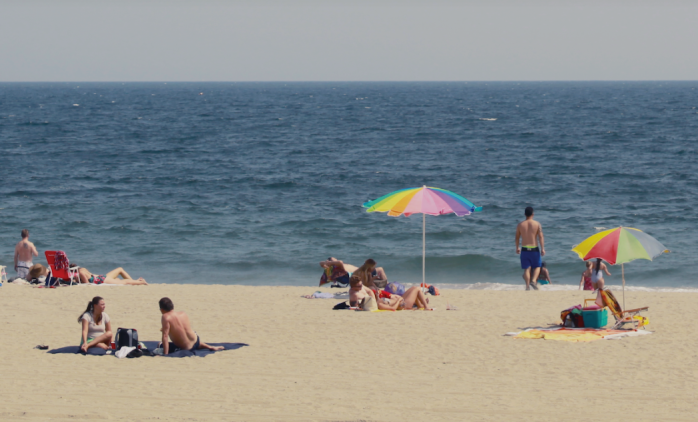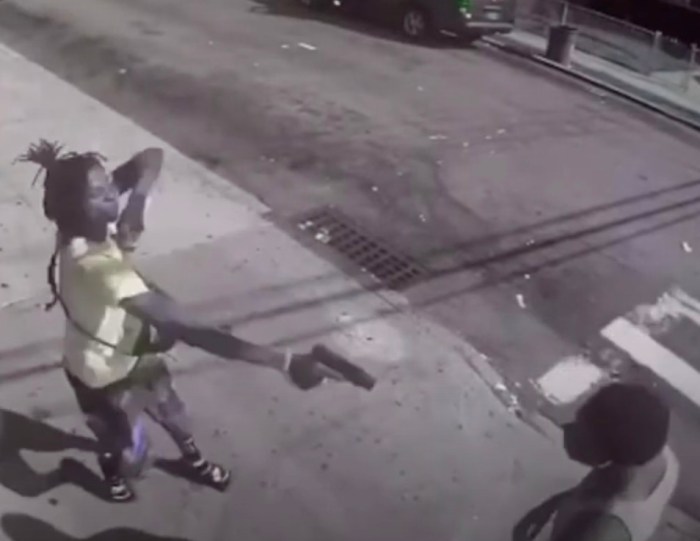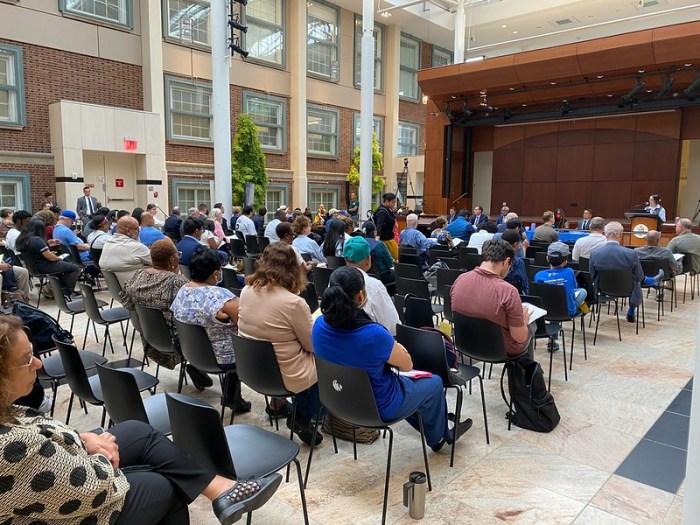By Philip Newman
The MTA is in the process of improving safety facilities and carrying out emergency drills on the Metro-North and Long Island Rail Road lines in the aftermath of the derailment in the Bronx that left four dead, including a woman from Woodside, and more than 60 injured.
“The first round of safety stand-downs took place last week,” said Metropolitan Transportation Authority spokesman Aaron Donovan. “We will install new signal protections to automatically enforce speed restrictions at four critical Metro-North curves by March and five movable bridges by September.”
Donovan said the LIRR was also involved in the drills.
Some trains are already temporarily operated by two-man crews composed of engineer and conductor as part of the safety program. Metro-North is required to assign two crew members in or near the cab of any train passing through a hazardous zone.
“The two-member requirement is temporary until the MTA completes modifications to the signals system to automatically slow train speeds in approaches to specific curves,” said Donovan.
The MTA, soon after the derailment Dec. 1, installed safety measures at Spuyten Duyvil in the Bronx, a 30-mph zone which a Metro-North Hudson Line train entered at 82 mph and jumped the tracks. Kisook Ahn, a 35-year-old nurse, was killed in the crash as she commuted home to Woodside from the overnight shift at a children’s rehabilitation center in Ossining.
“Metro-North is taking important steps to improve safety for its customers and employees and will expect the railroad will continue searching for ways to improve its operations and fully restore its commuters’ confidence,” MTA Chairman Tom Prendergast said.
The MTA action was in response to an emergency order from Federal Railroad Administrator Joseph Szabo requiring the transit agency “to ensure its train crews do not exceed speed limitations and to modify its existing signals system to ensure that speed limits are obeyed and to provide two qualified railroad employees to operate trains where major speed restrictions are in place until the signals system is updated.”
U.S. Sens. Charles Schumer (D-N.Y) and Richard Blumethal (D-Conn.), meanwhile, called for federal officials to order installation of video cameras on trains to keep watch on tracks, the condition of signals and engineers.
“I’m perplexed as to why, for the past few years, the FRA has been sitting on a list of life-saving recommendations that may very well prevent dangerous behavior onboard our commuter trains,” Schumer said. “Inward facing cameras may help railroad managers detect dangerous patterns amongst engineers ahead of time and also help investigators determine the cause of a future rail accident.”
The two lawmakers called on the FRA to order inward and outward cameras, which they said would act as a deterrent and allow the MTA and other railroads to prevent crew members from falling asleep or texting on the job.
Reach contributing writer Philip Newman by e-mail at timesledgernews@cnglocal.com or phone at 718-260-4536.

